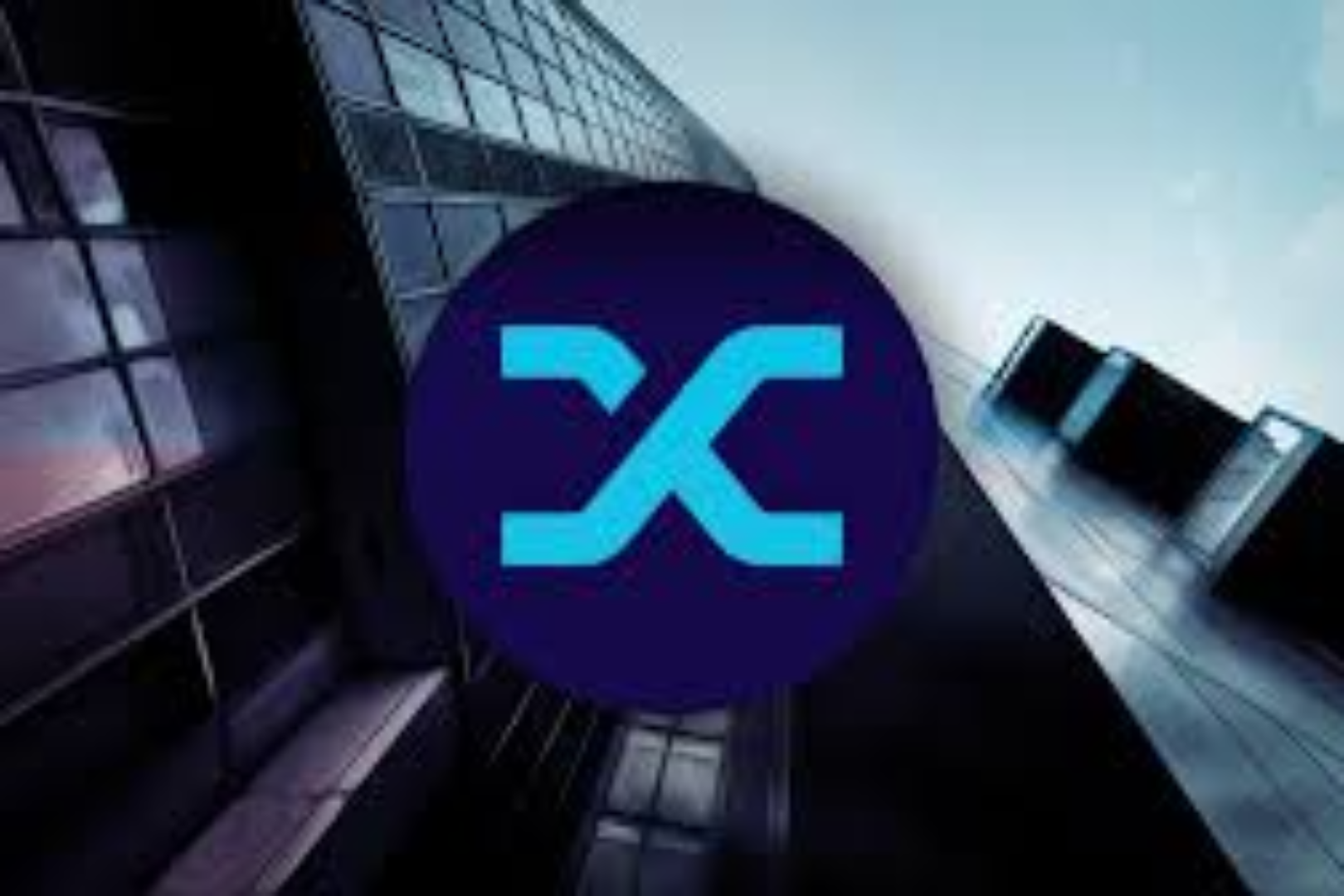Ten models broken down: How much should ETH really be worth?
Original author: Eric, Foresight News
What should be the reasonable price of ETH?
The market has offered numerous valuation models for this issue. Unlike Bitcoin, which has already established itself as a major asset, Ethereum, as a smart contract platform, should have a reasonable and widely accepted valuation system. However, it seems that the Web3 industry has yet to reach a consensus on this matter.
A recent website launched by Hashed presented 10 valuation models that are likely to be widely accepted by the market. Of these 10 models, 8 showed that Ethereum is undervalued, with a weighted average price exceeding $4,700.
So how was this price, which is close to a historical high, calculated?
From TVL to staking to income
Hashed categorized the 10 models into three levels of reliability: low, medium, and high. We'll start with the low-reliability valuation models.
TVL multiplier
This model posits that Ethereum's valuation should be a multiple of its DeFi TVL, simply linking market capitalization to TVL. Hashed used the average market capitalization to TVL ratio from 2020 to 2023 (my personal understanding is from the beginning of DeFi Summer until the nested structure was not yet severe) of 7 times. By multiplying the current DeFi TVL on Ethereum by 7 and then dividing by the supply, i.e., TVL × 7 ÷ Supply, the resulting price is $4128.9, representing a 36.5% upside from the current price.

This crude calculation method, which only considers DeFi TVL and cannot accurately derive the actual TVL due to its complex nested structure, certainly deserves its low reliability.
Scarcity premium resulting from pledging
The model takes into account that Ethereum that cannot circulate in the market due to staking will increase Ethereum's "scarcity". Multiplying the current price of Ethereum by the square root of the ratio of total supply to circulating supply, i.e., Price × √(Supply ÷ Liquid), the resulting price is 3528.2, which is 16.6% upside from the current price.

This model was developed by Hashed itself, and the square root calculation is intended to mitigate extreme cases. However, according to this algorithm, ETH is always undervalued, not to mention the rationality of simply considering the "scarcity" brought about by staking and the additional liquidity of staked Ethereum released by LST, which is also very crude.
Mainnet + L2 TVL multiplier
Similar to the first valuation model, this model adds the TVL of all L2 and gives it a 2x weighting because of the L2's consumption of Ethereum. The calculation method is (TVL + L2_TVL×2) × 6 ÷ Supply, which gives a price of 4732.5, representing a 56.6% upside from the current price.

As for the number 6, although it's not specified, it's likely a multiplier derived from historical data. While L2 is included, this valuation method still simply references TVL data and isn't significantly better than the first method.
"Commitment" Premium
This approach is similar to the second model, except it adds Ethereum locked in DeFi protocols. The multiplier in this model is calculated by dividing the total amount of ETH staked and locked in DeFi protocols by the total ETH supply. This multiplier represents a percentage premium resulting from a "long-term holding belief and lower liquidity supply." Adding this percentage to 1 and multiplying it by the "committed" asset's value premium index of 1.5 relative to liquid assets yields a reasonable ETH price under this model. The formula is: Price × [1 + (Staked + DeFi) ÷ Supply] × Multiplier, resulting in a price of $5097.8, representing a 69.1% upside from the current price.

Hashed stated that the model was inspired by the concept that L1 tokens should be considered as currency rather than stocks, but it still falls into the problem of the fair price always being higher than the current price.
The biggest problem with the four unreliable valuation methods mentioned above is the lack of rationality in considering a single dimension. For example, a higher TVL (Total Value Limit) is not necessarily better; providing better liquidity with a lower TVL is actually an improvement. As for treating Ethereum, which does not participate in circulation, as a form of scarcity or loyalty that generates a premium, this seems unable to explain how to value it once the price actually reaches the expected price.
Having discussed four low-reliability valuation schemes, let's now look at five medium-reliability schemes.
Market capitalization/TVL fair value
This model is essentially a mean reversion model. The calculation method assumes that the historical average value of the market capitalization to TVL ratio is 6 times. If it exceeds 6 times, it is considered overvalued, and if it is not 6 times, it is considered undervalued. The formula is Price × (6 ÷ Current Ratio), which gives a price of $3,541.1, representing a 17.3% upside potential from the current price.

This calculation method, which superficially references TVL data, actually takes into account historical patterns and uses a more conservative valuation approach, which does seem more reasonable than simply referencing TVL.
Metcalfe's Law
Metcalfe's Law is a law concerning the value of networks and the development of network technology. Proposed by George Gilder in 1993, it is named after Robert Metcalfe, a pioneer in computer networking and founder of 3Com, in recognition of his contributions to Ethernet. It states that the value of a network is equal to the square of the number of nodes within it, and that the value of the network is directly proportional to the square of the number of connected users.
Hashed stated that the model has been empirically validated by academic researchers (Alabi 2017, Peterson 2018) on Bitcoin and Ethereum. TVL is used as a proxy metric for network activity. The calculation formula is 2 × (TVL/1B)^1.5 × 1B ÷ Supply, yielding a price of $9957.6, representing a 231.6% upside from the current price.

This is a relatively professional model, and it has also been marked by Hashed as an academically validated model with strong historical relevance. However, it is somewhat biased to consider TVL as the sole factor.
Discounted Cash Flow Method
This valuation model is currently the most effective way to value Ethereum as a company, treating Ethereum's staking rewards as revenue and calculating its current value using the discounted cash flow (DCF) method. Hashed's calculation is Price × (1 + APR) ÷ (0.10 - 0.03), where 10% is the discount rate and 3% is the perpetual growth rate. This formula is clearly flawed; the actual result should be Price × APR × (1/1.07 + 1/1.07^2 + ... + 1/1.07^n) as n approaches infinity.

Even using the formula provided by Hashed, this result cannot be calculated. If calculated with an annualized interest rate of 2.6%, the actual reasonable price should be around 37% of the current price.
Valuation by price-to-sales ratio
In Ethereum, the price-to-sales ratio (P/S ratio) refers to the ratio of market capitalization to annual transaction fee revenue. Since transaction fees ultimately go to validators, there is no price-to-earnings ratio (P/E ratio) for the network. Token Terminal uses this method for valuation, with 25 times earnings representing a growth-oriented tech stock valuation level, which Hashed calls the "industry standard for L1 protocol valuation." The model's calculation formula is Annual_Fees × 25 ÷ Supply, resulting in a price of $1285.7, representing a 57.5% downside from the current price.

The two examples above show that Ethereum's price is severely overvalued using traditional valuation methods. However, Ethereum is clearly not an application, and in my opinion, this valuation method is flawed even in its underlying logic.
On-chain total asset valuation
This valuation model, while seemingly illogical at first glance, makes some sense upon closer examination. Its core argument is that for Ethereum to ensure network security, its market capitalization should match the value of all assets settled on it. Therefore, the calculation is simple: divide the total value of all assets on Ethereum, including stablecoins, ERC-20 tokens, NFTs, etc., by Ethereum's total supply. The result is $4923.5, representing a 62.9% upside from the current price.

This is the simplest valuation model to date, but its core assumptions give the impression that something is wrong, though it's hard to pinpoint exactly what's wrong.
Income bond model
The only highly reliable valuation model among all available, which Hashed claims is favored by TradeFi analysts who assess cryptocurrencies as an alternative asset class, is one that values Ethereum as a yield bond. The calculation method divides Ethereum's annual revenue by its staking yield to calculate its total market capitalization, using the formula Annual_Revenue ÷ APR ÷ Supply. This yields a value of $1941.5, representing a 36.7% downside from the current price.

The only instance, perhaps due to its widespread adoption in the financial sector and its perceived high reliability, is that Ethereum's price has been "undervalued" using traditional valuation methods. Therefore, this could be strong evidence that Ethereum is not a security.
Valuing a public blockchain may require considering a variety of factors.
The valuation system for public blockchain tokens may need to consider many factors. Hashed calculated a weighted average of the above 10 methods based on reliability, and the result was about $4,766. However, given that the calculation of the discounted cash flow method may be incorrect, the actual result may be slightly lower than this figure.
If I were to value Ethereum, my core algorithm would likely focus on supply and demand. Since Ethereum is a "currency" with practical uses—whether paying gas fees, buying NFTs, or forming LPs—ETH is required. Therefore, it might be necessary to calculate a parameter based on network activity levels to measure the supply and demand of ETH over a period of time. This parameter would then be combined with the actual cost of executing transactions on Ethereum and compared to prices under similar historical parameters to arrive at a fair price.
However, according to this method, if the growth in activity on Ethereum cannot keep up with the decline in costs, there is a reason why the price of ETH will not rise. In the past two years, the level of activity on Ethereum has actually been higher than that during the bull market in 2021 at some points, but due to the decline in costs, the demand for Ethereum is not high, resulting in an actual oversupply of Ethereum.
However, the only thing that this valuation method, which compares with history, cannot take into account is Ethereum's potential. Perhaps at some point, when Ethereum experiences the same boom as when DeFi was emerging, we will need to factor in the "market-to-dream ratio".
- 核心观点:多种模型显示以太坊当前价格被低估。
- 关键要素:
- 8/10模型显示ETH价格低于公允价值。
- 加权平均合理价格约4700美元。
- 收益型债券模型得出1941美元估值。
- 市场影响:提供估值参考,可能影响投资者预期。
- 时效性标注:中期影响



